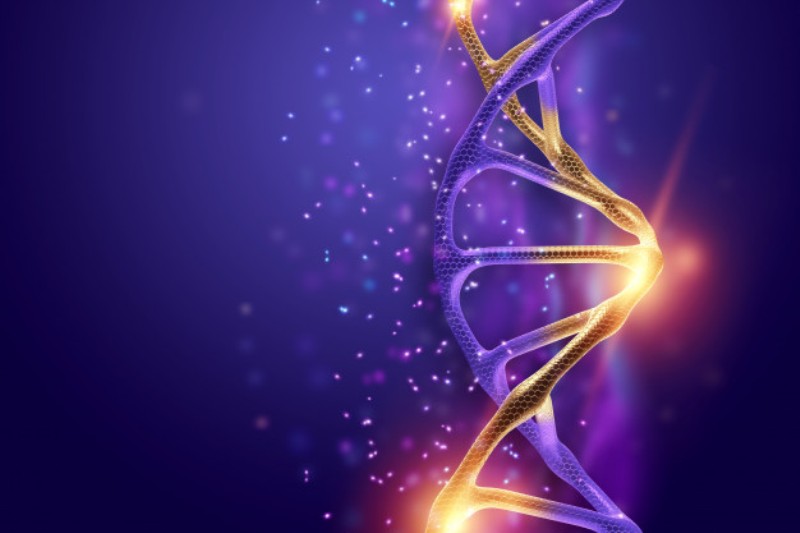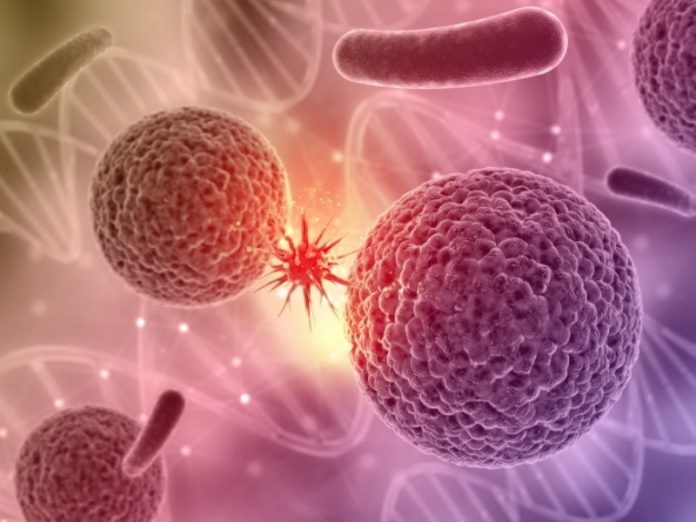Cancer can upset a patient suffering from it as it cannot be cured. Much research is on to find a cure but so far no way out has been found.
Cancer happens to be a deadly disease and cannot be cured. The patient gets upset as he or she knows that coping up with the treatment procedure is difficult. Research has been on to find a cure for it.

How Leukemia affects us?
Leukemia stem cells tend to protect themselves against the immune defense by actually suppressing a target molecule for killer cells. This can be done with the help of drugs. The focus is on making cancer stem cells visible to the immune system.
Patients with acute myeloid leukemia (AML) do get into relapse after apparently undergoing successful treatment. Leukemia stem cells that happen to survive the therapy are responsible for the return of the disease. The stem cells are protective mechanisms that do make them resistant to chemotherapy. The question that arises is how do they manage to escape the immune defense? Is it making cancer stem cells visible to the immune system?
Analysis of Leukemia cells:
Researchers conducted an analysis of leukemia cells of 175 AML patients and have found that the cancer stem cells do suppress the NKG2D-L proteins on the surface. These proteins do enable the natural killer cells (NK cells) to identify damage as well as infected cells as well as cancer cells and then kill them if required. In this way, the leukemia stem cells do escape destruction by the immune system. Leukemia cells which do not have stem cell properties, on the other hand, do present these target molecules on their surface and are thus kept in check by the NK cells.
An important mechanism of this immune resistance in leukemia stem cells involves the suppression of danger signals such as NKG2D-L on the cell surface. Efforts are on to making cancer stem cells visible to the immune system.
also read: Guide To Strengthen Immunity system
More about Leukemia stem cells:
What is behind this extraordinary protective mechanism? The scientists have observed that leukemia stem cells do produce a particularly high amount of PARP1, an enzyme that does apparently block NKG2D-L production. Preclinical experiments with mice to which human leukemia cells had been transferred showed that PARP1 actually does play an important role in immune escape: If these animals were treated with drugs that inhibit PARP1, the leukemia stem cells do tend to expressed NKG2D-L on their surface and were then taken note of and eliminated by NK cells. All these efforts are for making cancer stem cells visible to the immune system.
Cancer therapies that entail the immune system have been successfully applied for several years in allogeneic stem cell transplantation from AML patients in certain diseases. Off late there have been immunotherapeutic approaches that have been developed which are currently being clinically tested. Cancer stem cells do trick the immune system. By observing the underlying mechanism it is possible to counterattack. Thus perhaps it is possible in making cancer stem cells visible to the immune system.
The results do provide the foundation for the possibility of combating malignant leukemia stem cells by combining PARP inhibitors with the help of active NK cells. A clinical approach will be taken towards this end.

